Welcome, fellow triathletes, to an exciting journey where we dive into the world of triathlon travel nutrition tips. As experienced athletes, we understand that a good nutrition plan plays a pivotal role in our performance, both on and off the race.
When it comes to traveling for races, maintaining optimal nutrition becomes even more crucial. In this blog post, we will explore the importance of nutrition in triathlon travel and provide you with practical tips to ensure you stay fueled and hydrated, enabling you to conquer any race destination with confidence.
Preparing for the Trip
As triathletes, meticulous planning is ingrained in our DNA, and the same applies when it comes to managing our nutrition during triathlon travel.
Research your Triathlon destination
Before embarking on your journey, take the time to thoroughly research your Triathlon destination. By doing so, you can gain valuable insights that will help you make informed decisions about your nutrition strategy.
Start by identifying local grocery stores and restaurants near your accommodation or race venue. This step ensures that you have a backup plan if your initial nutrition choices fall through.
Local grocery stores often offer a variety of fresh produce, healthy snacks, and other essentials that can meet your nutritional needs.
Similarly, researching nearby restaurants can help you find establishments that cater to athletes, with options that align with your dietary requirements.
Additionally, take the opportunity to learn about the regional cuisine and food options available at your destination.
Each location brings its own unique culinary delights, and exploring the local flavors can be an exciting part of the triathlon travel experience.
Familiarize yourself with traditional dishes and ingredients, as this knowledge can guide you towards healthier and more suitable choices.
Planning Ahead
Once you’ve gathered information about your destination, it’s time to plan ahead to ensure you have a solid nutrition foundation throughout your trip.
Here are some key steps to consider:
- Create a meal and snack plan: Having a meal plan in place helps you stay organized and ensures that you’re meeting your nutritional requirements. Consider your race schedule and training sessions when designing your plan.
Opt for balanced meals that include lean proteins, complex carbohydrates, and healthy fats to support your performance.
Don’t forget to plan for snacks that provide quick energy and satiate your hunger between meals.
- Pack essential nutrition supplies: Depending on the availability and reliability of food options at your destination, it’s wise to pack essential nutrition supplies.
Carry items such as energy bars, protein powders, electrolyte supplements, and any other specialized sports nutrition products you regularly use.
These provisions will come in handy, especially if you encounter limited options or specific dietary restrictions.
- Consider portable and non-perishable options: When packing your nutrition supplies, prioritize portable and non-perishable options.
This ensures that your food remains fresh and accessible throughout your trip. Items like pre-packaged nuts, dried fruits, nut butter packets, and rice cakes are lightweight, easy to carry, and provide a quick source of energy.
By proactively researching, creating a meal plan, and packing essential nutrition supplies, you’ll be well-prepared to tackle any nutrition challenges that come your way during triathlon travel.
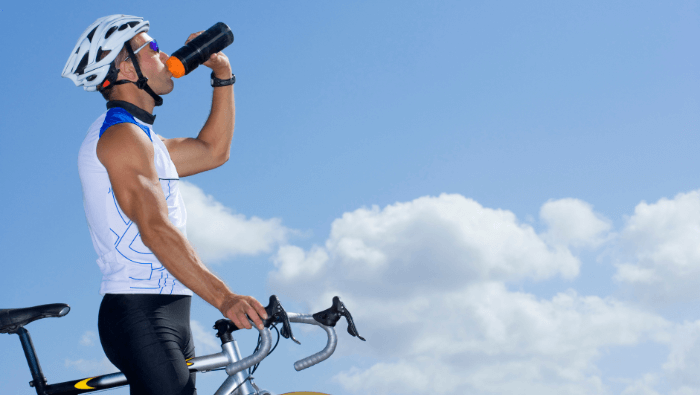
Hydration Strategies
As triathletes, we understand that hydration is not to be taken lightly. It is a vital aspect of our overall performance, and neglecting it can have severe repercussions.
Proper hydration optimizes our body’s functions, allowing us to maintain energy levels, regulate body temperature, and perform at our best.
This holds especially true during triathlon travel, where environmental factors and unfamiliar surroundings can make staying hydrated a challenge.
Hydration’s impact on performance cannot be overstated. Even slight dehydration can lead to decreased endurance, impaired cognitive function, muscle cramps, and increased fatigue.
In a sport that demands physical and mental fortitude, ensuring adequate hydration becomes paramount.
Hydration Tips for Traveling Triathletes
To help you stay hydrated and perform at your peak during triathlon travel, here are some essential tips:
- Carry a reusable water bottle: Make it a habit to carry a reusable water bottle wherever you go. It allows you to have a constant supply of water within reach, ensuring you can hydrate effectively throughout the day.
Look for a durable and leak-proof bottle that suits your needs. Remember to clean and refill it regularly, keeping it hygienic and ready for use.
- Research water quality at the destination: Prior to your trip, take the time to research the water quality at your destination.
Different countries and regions may have variations in water safety standards. If there are concerns about tap water quality, rely on bottled water or consider using water purification methods, such as filtration or purification tablets.
Ensuring access to safe and clean drinking water is crucial for maintaining optimal hydration.
- Pack electrolyte tablets or powders: Electrolytes play a vital role in hydration, especially during intense exercise. Packing electrolyte tablets or powders can help replenish essential minerals lost through sweat.
These compact and easy-to-use supplements can be added to your water bottle, providing an efficient way to restore electrolyte balance.
Look for options that contain a blend of sodium, potassium, magnesium, and calcium to support proper hydration and muscle function.
- Monitor urine color for hydration assessment: Urine color can be a useful indicator of your hydration status. Aim for a pale, straw-like color, which suggests adequate hydration.
Darker urine may indicate dehydration, signaling the need for increased fluid intake. Regularly assess your urine color throughout the day to ensure you’re staying adequately hydrated.
By implementing these hydration strategies, you’ll be better equipped to maintain optimal hydration levels during your triathlon travel.
On-the-Go Nutrition
Maintaining proper nutrition on the go is vital to sustain your energy levels and support your training and racing endeavors. Smart snacking choices play a crucial role in ensuring that you have a readily available source of fuel and remain satiated throughout your travels.
Let’s explore some practical tips to make intelligent snack selections:
- Portable snacks for energy and satiety: Opt for portable snacks that are convenient to carry and provide a balance of energy and satiety.
Consider options like trail mix with a combination of nuts, dried fruits, and seeds. Energy bars made with whole food ingredients, such as oats, nuts, and natural sweeteners, can also serve as excellent on-the-go fuel.
Additionally, fresh fruits like apples, bananas, or grapes are easily transportable and provide essential vitamins and minerals.
- Whole food options vs. processed snacks: While convenience is crucial, aim to prioritize whole food options over processed snacks whenever possible.
Whole foods offer higher nutritional value and tend to be more satisfying. Choose snacks that are minimally processed, such as hummus with carrot sticks, Greek yogurt with berries, or hard-boiled eggs.
These options provide a balance of macronutrients and micronutrients, helping you fuel your body with nutrient-dense foods.
Fueling During Travel
Meal planning for long journeys is a key component of maintaining your nutrition while on the go.
Here are some strategies to help you stay fueled during your travels:
- Meal planning: Plan your meals ahead of time when embarking on long journeys. Prepare and pack homemade meals that include a combination of lean proteins, complex carbohydrates, and healthy fats.
Options like grilled chicken with quinoa and roasted vegetables, or a whole-grain wrap filled with turkey, avocado, and vegetables, can keep you nourished and satisfied.
Pack your meals in insulated containers to preserve freshness and ensure they are easily accessible.
- Nutritious options at airports and rest stops: Airports and rest stops may not always offer the healthiest food choices, but with some strategic planning, you can find nutritious options.
Look for airport restaurants or food kiosks that serve salads, grilled proteins, or vegetable-based dishes. If fast food is your only option, choose grilled chicken sandwiches or salads without high-fat dressings.
At rest stops, seek out fresh fruit, yogurt cups, or pre-packaged salads available in convenience stores.

Pre-Race Nutrition
As race day approaches during your triathlon travel, paying careful attention to your pre-race nutrition becomes paramount. The fuel you provide your body before the competition sets the stage for optimal performance.
By implementing effective strategies and making thoughtful choices, you can maximize your energy levels, enhance endurance, and ensure a successful race experience.
Carb-loading strategies play a crucial role in pre-race nutrition. Consuming a high-carbohydrate diet in the days leading up to your race helps top up your glycogen stores, providing a readily available energy source for your muscles.
Opt for complex carbohydrates such as whole grains, fruits, vegetables, and legumes. Distribute your carbohydrate intake evenly throughout the days before the race to prevent feeling overly full or bloated.
Timing is key when it comes to pre-race meals. Aim to have your final substantial meal 2-3 hours before the race start time. This allows for proper digestion and prevents discomfort during the event.
Experiment with different timings during your training to find what works best for your body. Additionally, incorporate a light snack 1-2 hours before the race to sustain your energy levels and maintain blood sugar stability.
Practical Pre-Race Meal and Snack Ideas
Here are some practical pre-race meal and snack ideas to fuel your body effectively:
- Balanced meals with carbohydrates, proteins, and fats: Construct your pre-race meals to include a balance of carbohydrates, proteins, and healthy fats. This combination provides sustained energy, supports muscle repair, and promotes satiety.
For example, a meal could consist of grilled chicken breast, quinoa or sweet potatoes, and a side of steamed vegetables drizzled with olive oil. Remember to keep the portion sizes moderate to avoid feeling overly full.
- Easily digestible options: Choose foods that are easily digestible to prevent any discomfort during the race.
Opt for cooked or steamed vegetables instead of raw ones. Incorporate easily digestible protein sources like lean meats, fish, or plant-based alternatives.
Consider adding probiotic-rich foods like yogurt or kefir to support gut health, as a healthy digestive system aids in nutrient absorption.
- Consideration for personal dietary restrictions: If you have specific dietary restrictions or follow a particular eating plan, such as vegetarian, vegan, or gluten-free, adapt your pre-race meals accordingly.
Research and identify suitable alternatives and substitutions that align with your dietary preferences and requirements. This ensures that you maintain your nutritional needs while adhering to your personal values.
Remember, each athlete’s nutritional needs may vary, and it’s essential to experiment and find what works best for your body.
Use your training period as an opportunity to fine-tune your pre-race nutrition strategy and identify the foods that provide optimal energy and performance.
Eating Out: Making Wise Choices
When traveling for triathlons, dining out at restaurants becomes an inevitable part of the experience. However, this doesn’t mean you have to compromise your nutrition goals.
With some mindful choices and a bit of preparation, you can navigate restaurants and menus while staying true to your healthy eating habits.
Start by researching local restaurants that offer healthy options. Look for establishments that prioritize fresh ingredients, offer vegetarian or gluten-free choices, or cater to specific dietary needs.
Many restaurants now have their menus available online, allowing you to review them in advance. Take the time to familiarize yourself with the menu, identify dishes that align with your nutritional requirements, and plan your order accordingly.
When ordering, make smart choices that support your nutrition goals. Opt for dishes that emphasize lean proteins, whole grains, and plenty of vegetables.
Choose grilled, roasted, or baked preparations over fried or heavily sauced options. Look for keywords such as “steamed,” “grilled,” “broiled,” or “light” to guide you towards healthier choices.
If customization is allowed, don’t hesitate to ask for modifications like dressing on the side or extra vegetables instead of fries.
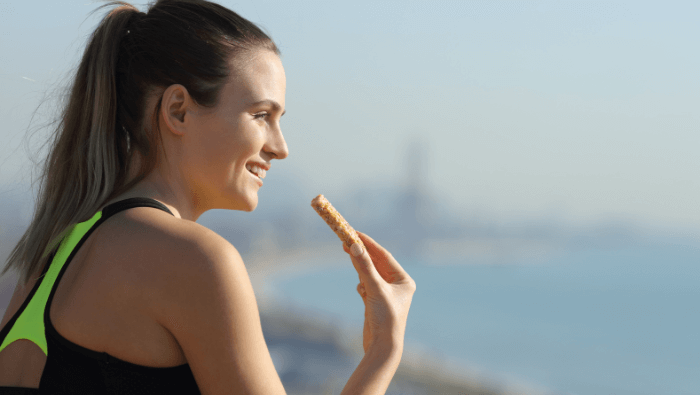
Recovery Nutrition
Congratulations on completing your race! Now it’s time for post-race nutrition to support your body’s recovery process. After pushing your limits and giving your all, it’s crucial to provide your muscles with the necessary nutrients to replenish glycogen stores, repair damaged tissues, and kickstart the recovery process.
Optimal Recovery Foods and Drinks
To optimize your recovery nutrition, focus on consuming balanced meals that prioritize carbohydrates, proteins, and other essential nutrients.
Here are some key considerations for your post-race meals and drinks:
- Balanced meals with a focus on carbohydrates and proteins: Design your post-race meals to include a balance of carbohydrates and proteins.
Opt for complex carbohydrates like whole grains, sweet potatoes, or brown rice to replenish glycogen stores.
Include lean sources of protein such as chicken, fish, tofu, or legumes to support muscle repair and growth. Aim for a ratio of approximately 3:1 or 4:1 of carbohydrates to protein in your post-race meal.
- Hydration and electrolyte replacement: Rehydrating your body is crucial after a race to replace the fluids lost through sweat.
Consume fluids that contain electrolytes to restore the balance of minerals in your body. Hydration can be achieved through water, sports drinks, or natural electrolyte-rich options like coconut water.
Aim to drink enough fluids to replenish what you’ve lost during the race.
- Including fruits and vegetables for micronutrients: Don’t overlook the importance of micronutrients in your recovery nutrition.
Fruits and vegetables are packed with essential vitamins, minerals, and antioxidants that aid in the recovery process.
Include a variety of colorful fruits and vegetables in your post-race meals to ensure you’re getting a range of micronutrients.
Consider incorporating a post-race snack or shake within the first 30 minutes to an hour after the race. This window of opportunity allows for optimal nutrient absorption and muscle recovery. Choose a snack or shake that combines carbohydrates and protein for quick and efficient replenishment.
To Finish
In the world of triathlon racing, optimizing your nutrition is the key to achieve peak performance and enjoying a successful journey.
As we conclude this blog post, it’s essential to emphasize the importance of self-experimentation and finding what works best for you. Every triathlete is unique, and what works for one person may not work for another.
Wishing you success, great adventures, and a great nutrition plan on your triathlon travel endeavors. Safe travels and happy racing!

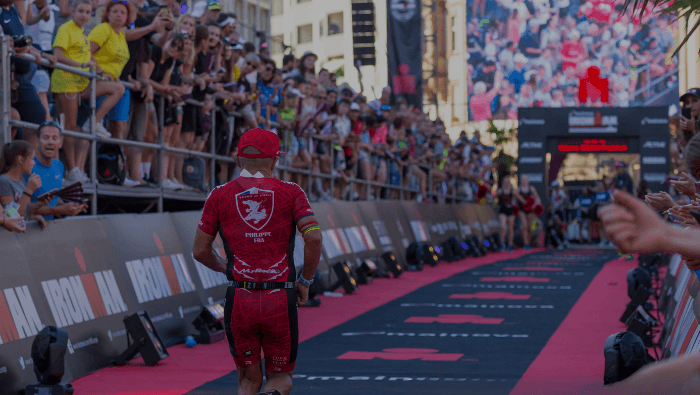
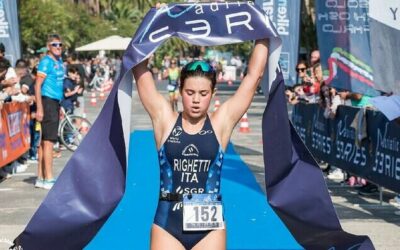
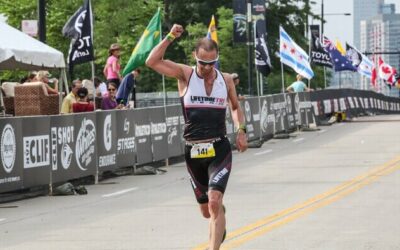
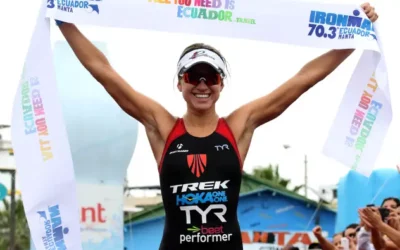
0 Comments